- Have any questions?
- +86-189 8930 5995
- sales@mosinterchem.com.cn
Ellagic acid hydrate CAS 476-66-4

Dichlormid CAS 37764-25-3
20/12/2018
Isoflavone CAS 574-12-9
21/12/2018| Model: | MOS476-66-4 |
| Brand Name: | MOSINTER |
| CAS No.: | CAS: 476-66-4 |
| Purity: | 98% |
| Appearance: | White powder |
| Melting ℃≥: | 360 |
| Molecular formula: | C14H6O8 |
| Alias: | C.I. 75270 |
| Molar mass: | 302.197 g/mol |
| Density: | 1.67 g/cm³ |
Ellagic acid hydrate (CAS: 476-66-4)
| Item | Index |
| Appearance | White powder |
| Purity %≥ | 98 |
| Melting ℃≥ | 360 |
Basic Information
Molecular Formula: C14H6O8
Molecular weight: 302.1926
Density: 1.667
Melting point:>360°C
Water solubility: <0.1 g/100 mL at 21°C
Risk phrases: R36/37/38
Safety term : S26; S36;
Application: antioxygen;cancer prevention;
Ellagic acid is a natural phenol antioxidant found in numerous fruits and vegetables. The antiproliferative and antioxidant properties of ellagic acid have spurred preliminary research into the potential health benefits of ellagic acid consumption.
Ellagic acid is the dilactone of hexahydroxydiphenic acid.
Metabolism
Biosynthesis
Plants produce ellagic acid from hydrolysis of tannins such as ellagitannin and geraniin.
Biodegradation
Urolithins are microflora human metabolites of dietary ellagic acid derivatives
History
Ellagic acid was first discovered by chemist Henri Braconnot in 1831. Maximilian Nierenstein prepared this substance from algarobilla,dividivi, oak bark, pomegranate, myrabolams, and valonea in 1905. He also suggested its formation from galloyl-glycine by Penicillium in 1915. Löwe was the first person to synthesize ellagic acid by heating gallic acid with arsenic acid or silver oxide.
Natural occurrences
Ellagic acid is found in oaks species like the North American white oak (Quercus alba) and European red oak (Quercus robur).
The macrophyte Myriophyllum spicatum produces ellagic acid.
Ellagic acid can be found in the medicinal mushroom Phellinus linteus.
In food
The highest levels of ellagic acid are found in blackberries, cranberries, pecans, pomegranates, raspberries, strawberries, walnuts, wolfberries, andgrapes. It is also found in peach and other plant foods.
Research into potential medicinal uses
Ellagic acid has antiproliferative and antioxidant properties in a number of in vitro and small-animal models. The antiproliferative properties of ellagic acid may be due to its ability to directly inhibit the DNA binding of certain carcinogens, including nitrosamines and polycyclic aromatic hydrocarbons. As with other polyphenol antioxidants, ellagic acid has a chemoprotective effect in cellular models by reducing oxidative stress.
These properties have generated interest in potential human health benefits from the consumption of ellagic acid. However, very little study of these proposed benefits has been reported as of 2010. A small randomized controlled trial involving 19 patients with carotid artery stenosis found that pomegranate juice, which is high in ellagic acid, appeared to reduce blood pressure and carotid artery wall thickness. A 2005 controlled study of 48 patients undergoing chemotherapy for prostate cancer found that ellagic acid supplementation reduced the rate of chemotherapy-associated neutropenia (though there were no cases of severe neutropenia in either the ellagic acid or control group). Ellagic acid supplementation did not improve overall or progression-free survival of patients with prostate cancer in this trial.
Despite there being only a preliminary state of evidence supporting health benefits in humans, ellagic acid has been marketed as a dietary supplement with a range of claimed benefits against cancer, heart disease, and other medical problems. Ellagic acid has been identified by the U.S. Food and Drug Administration as a “Fake Cancer Cure Consumers Should Avoid”. A number of U.S.-based sellers of dietary supplements have received Warning Letters from the Food and Drug Administration for promoting ellagic acid with claims that violate the Federal Food, Drug, and Cosmetic Act.
You must be logged in to post a review.

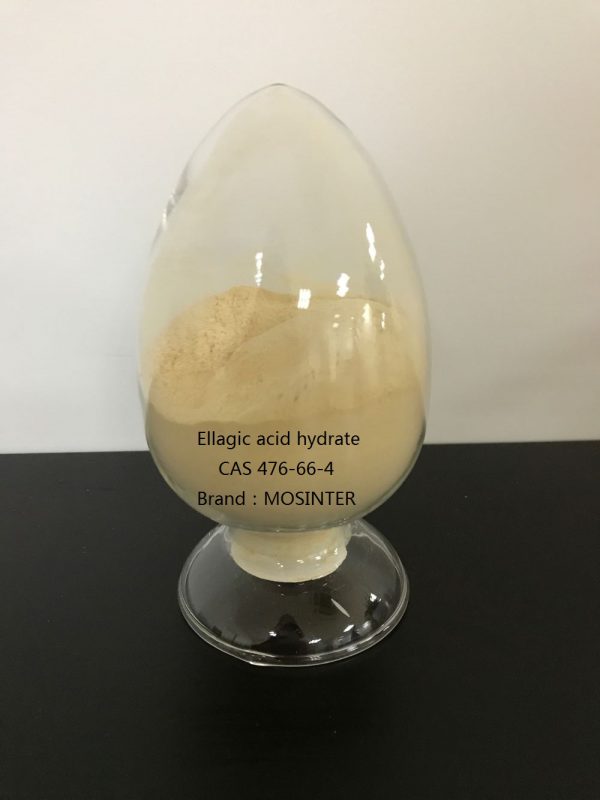
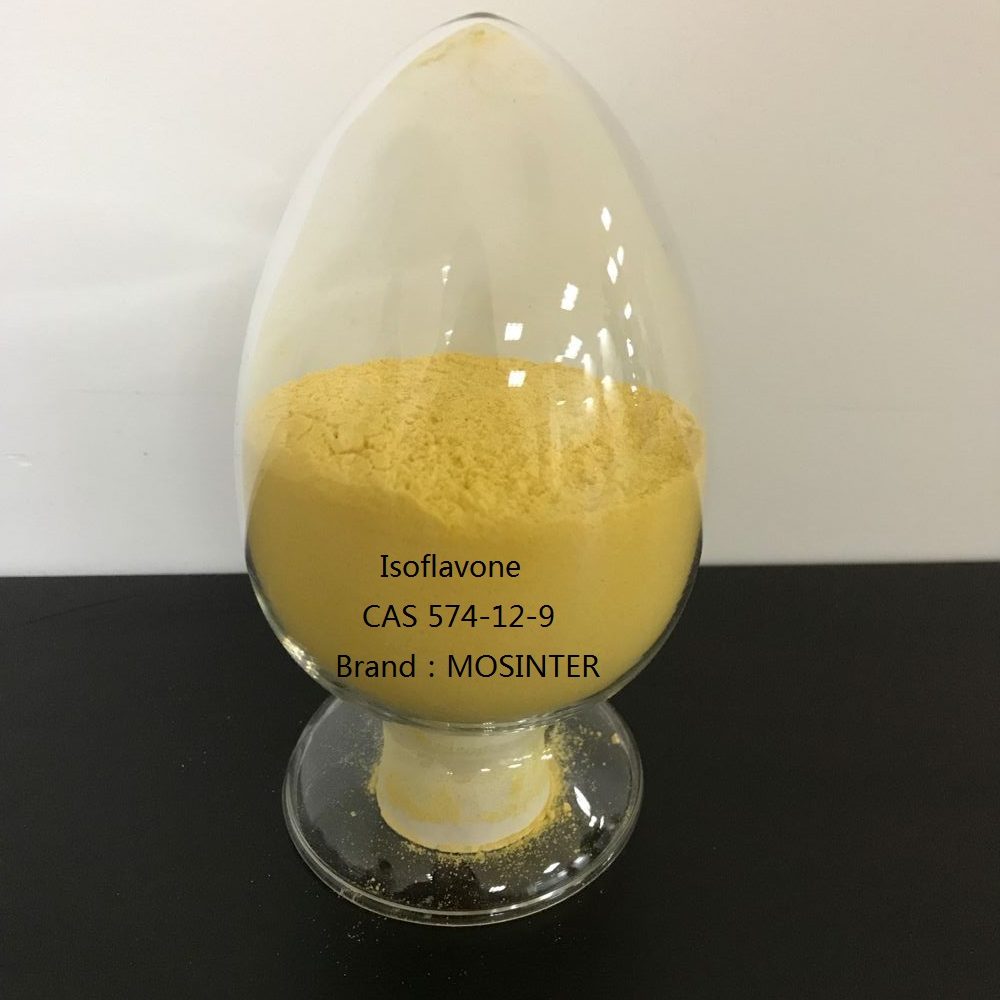
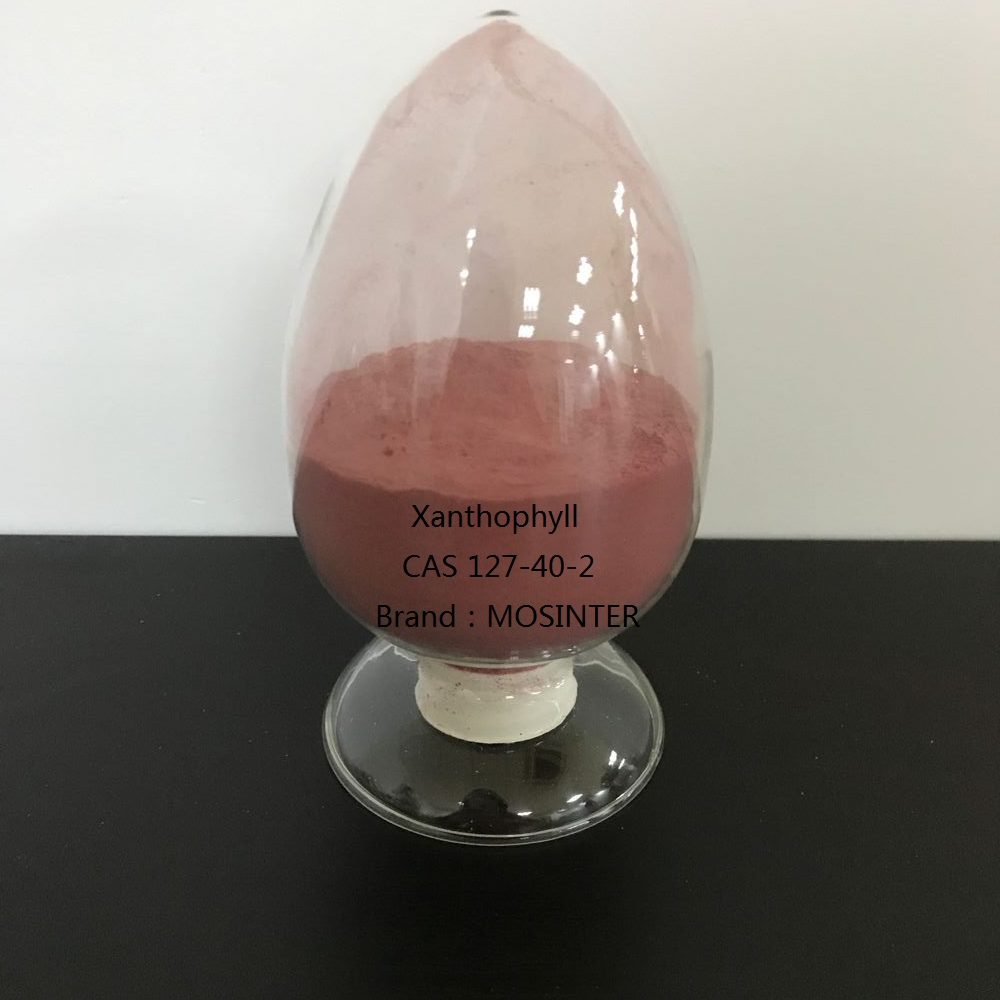
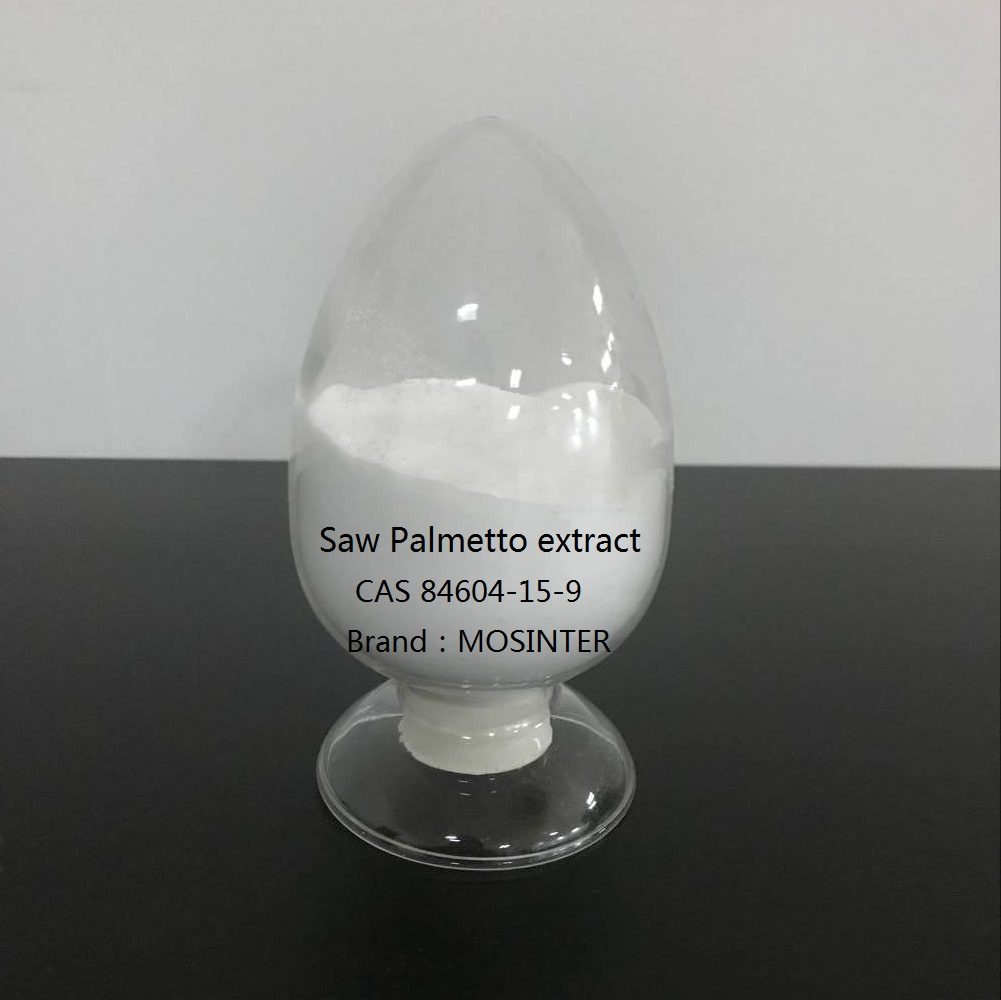
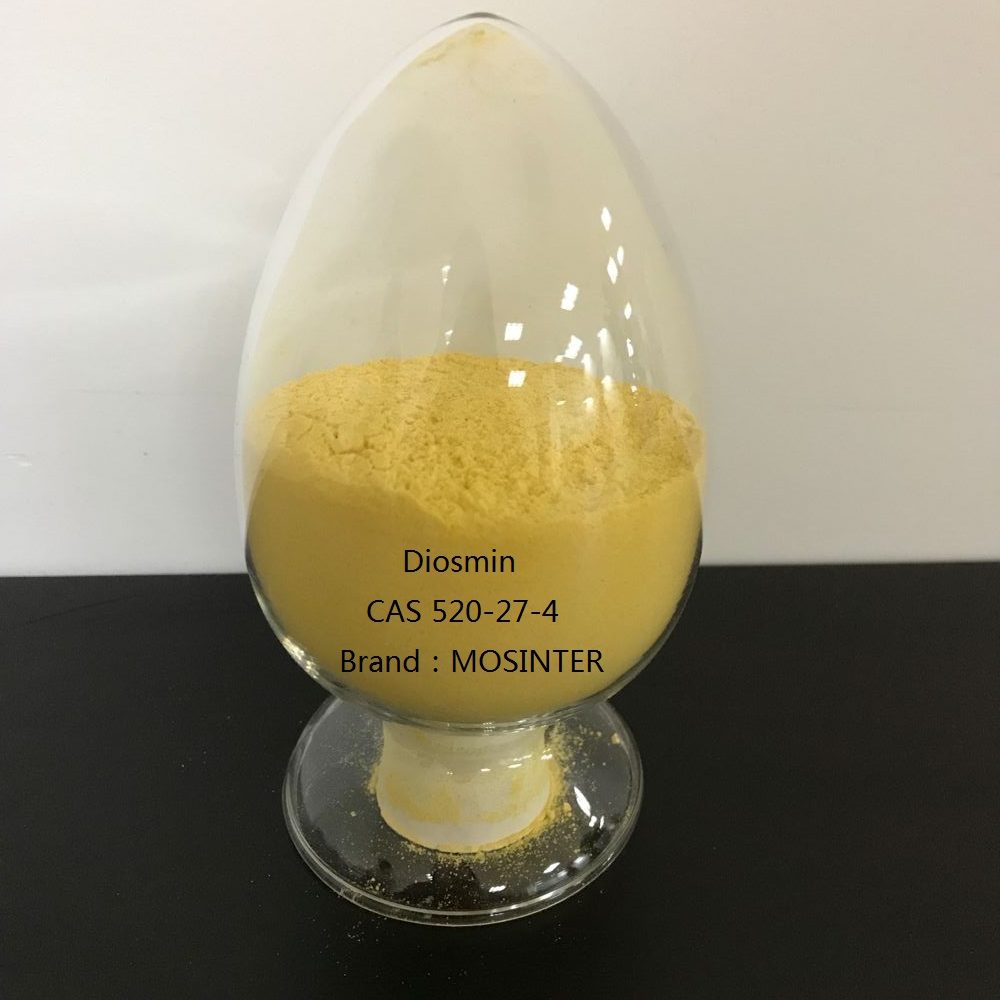
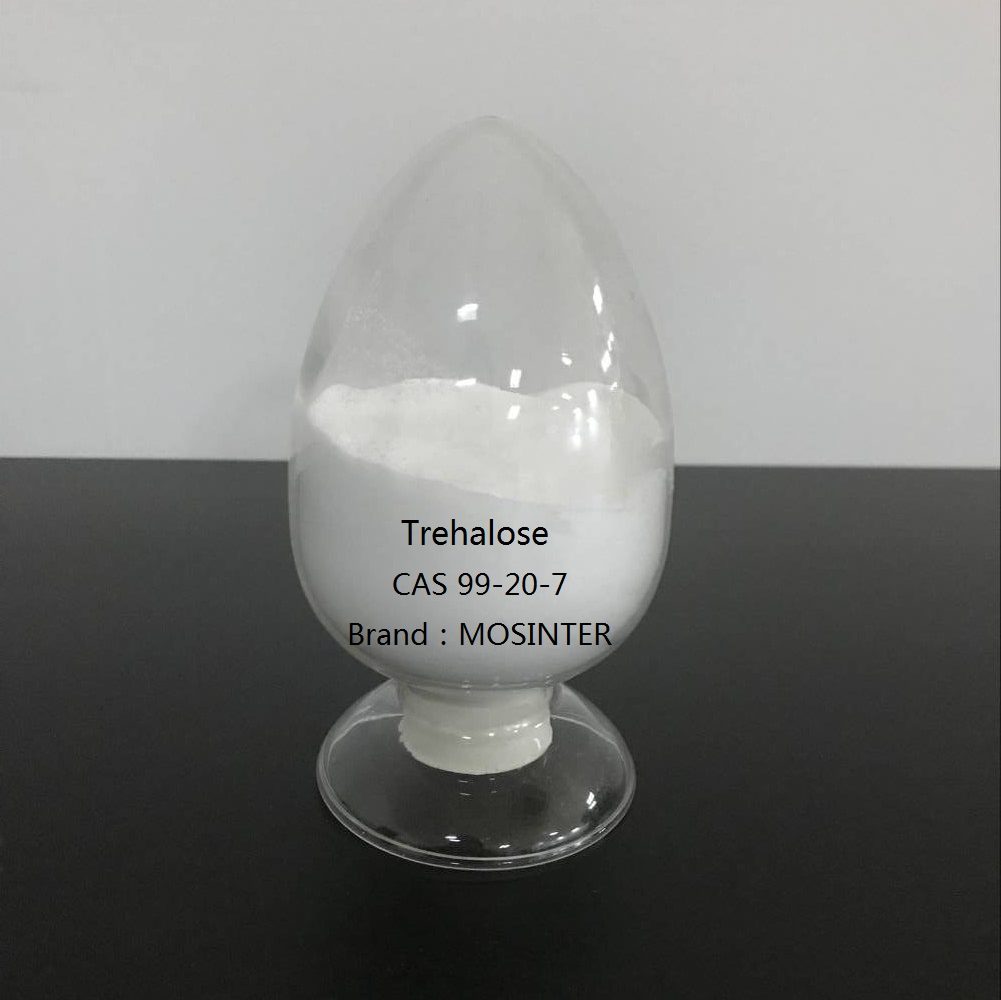
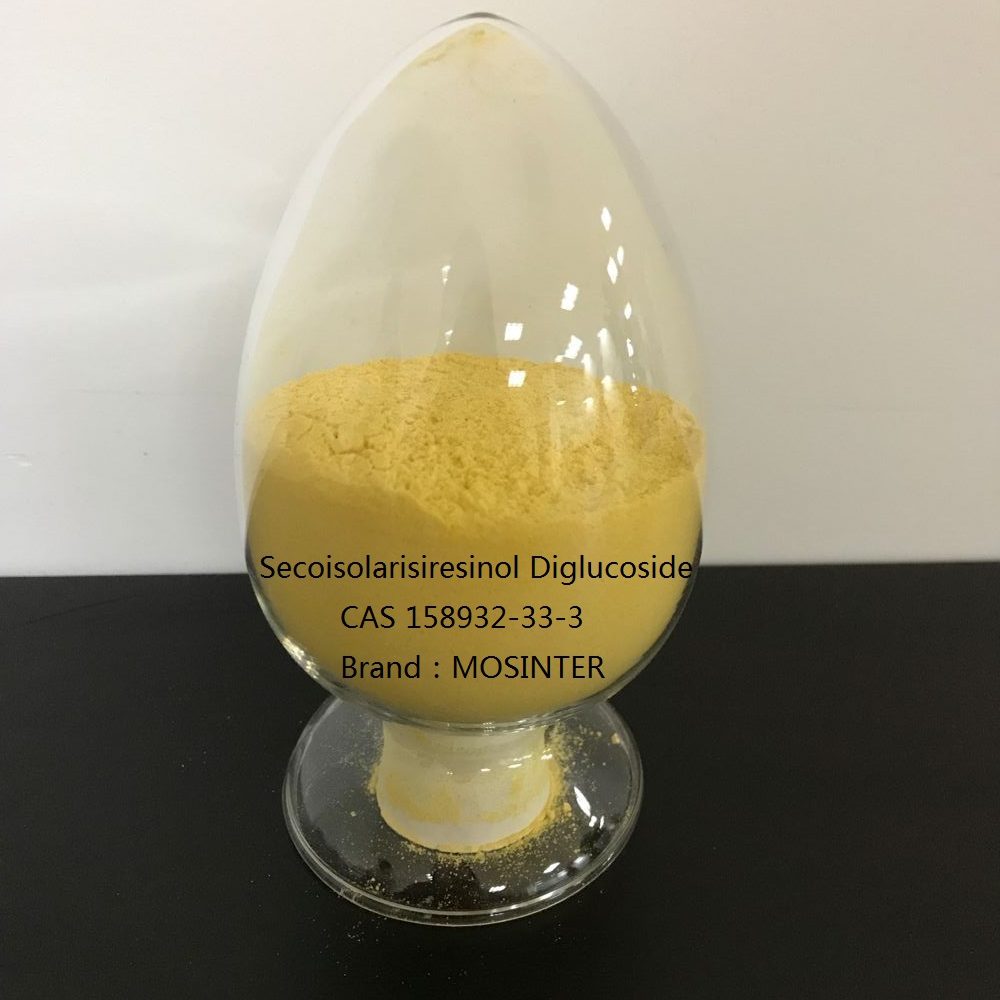
Reviews
There are no reviews yet.